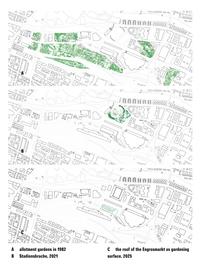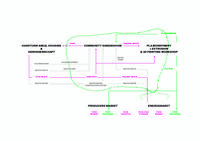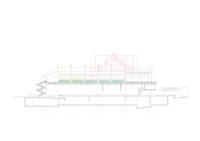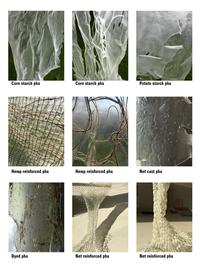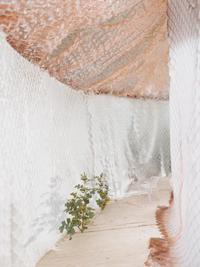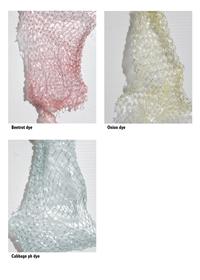Results FS21
Giuseppe Allegri
SHRINKING CONSERVATORY
Cities produce enormous amounts of organic and energetic waste, which can be seen as precious cheap resources. Can this be taken as a chance to challenge the ennui and the whimsicality of the urban society in search for new values, new forms of authenticity and a new identity? Could one imagine to apply scientific knowledge and technology to the development of spaces where the production of food would become a collective effort and therefore also a community-making practice?

